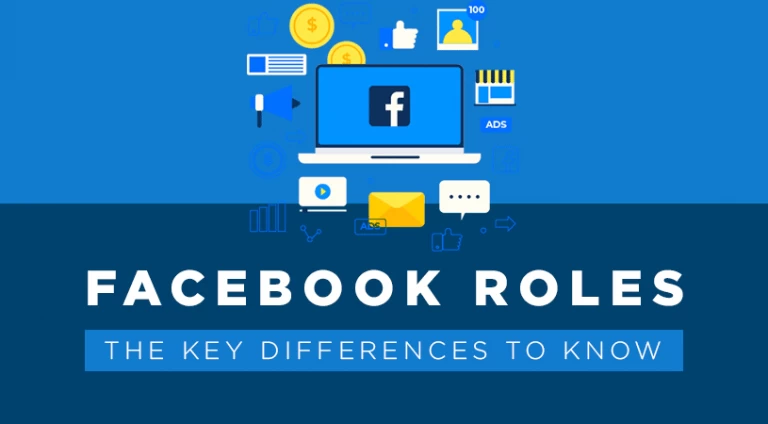Now more than ever, families of students in the K-12 space have so many options when it comes to where they will send their children to school. Public, private, and charter schools all offer different benefits to families, but in order to stand out from the next, social media presence is vital.
Need proof of where people are spending their time and seeking out information? According to Social Media Today, here’s what one minute on the Internet looks like in 2020:
- Facebook users upload 147,000 photos
- Twitter gains 319 new users
- Instagram users post 347,222 Stories
- YouTube creators upload 500 hours of video
Social media has been on the rise for quite some time now, and now in the midst of a global pandemic, people are using it more than ever before.
Here are a few ways your school can effectively use three of the most popular networks.
If you want to create an online presence for your school on any social media platform, Facebook is most likely going to be the best place to start. With over 2.7 billion active users, Facebook is still one of the world’s most popular social media platforms.
Facebook is great for sharing photos of students, faculty and staff, but it can be also used as another touch point with parents and guardians. Even with emails, phone calls and physical paper announcements being sent home, somehow parents and students still miss announcements. With 74 percent of Facebook users checking the site at least once a day, there is a good chance you can reach a parent or student that may have been missed by one of the other forms of communication. If your team makes it a habit to post important messaging on Facebook, parents will become accustomed to checking the platform more frequently. Once they are on the page, there’s a greater chance that they will explore the other content on your page and eventually give it a like.
Quick Tip: Use Facebook Events as digital reminders for upcoming school events. Facebook will automatically send reminders about the event to users who mark themselves as “Interested” or “Going,” and even sometimes users who may be in another’s friend network.
Just like Facebook, Twitter is a great place for school announcements, but with only about 22 percent of U.S. adults using the social media site, it won’t be where the bulk of your parents are. Twitter is one of the easiest places to thrive from user-generated content, though. UGC is content that has been created by another user but is being shared by someone else. For a school district Twitter page, this could be retweets from schools within the district. For individual schools, retweeting teachers or other education-related Twitter content can be seamlessly done with just one click.
Quick tip: If you decide to post photos to Twitter, be sure to consider sizing them to the recommended Twitter photo size to avoid unflattering cropping.
You can definitely post your photos and videos to Facebook, but Instagram gives them a chance to shine because of the platform’s layout. Does your school have a photography, journalism, or yearbook class? Then you have all you need to start filling up your Instagram feed. Use those students to help provide engaging content. If you don’t have a full class dedicated to those things, the yearbook committee, a dedicated parent or a faculty or staff member with a knack for photography or design could be a great resource as well.
Use Instagram to tell visual stories. What is your school passionate about? Have your students been creating amazing projects lately? Did you just have a successful event at the school? Share it all. The more you share the experience of your school, the more parents can visualize their children there.
Quick Tip: Instagram Stories can be used in so many different ways. Use them as a way to show behind the scenes of events or host takeover days where you allow a student, faculty or staff member to showcase a day at the school.
Although your school doesn’t have to master all the social media networks at once, it’s a good idea to be consistently present on at least one of them. Once you’re in a comfortable place, the next step is finding ways to make content from one platform work for the others, and content creation will become an ease.



